The oceans are burning. Not with flames, but with a silent, creeping devastation that is just as destructive as any wildfire. Coral reefs, often dubbed the "rainforests of the sea," are undergoing a catastrophic phenomenon known as bleaching. Unlike forest fires, which leave behind charred remains, coral bleaching strips reefs of their vibrant colors, leaving behind ghostly white skeletons. The culprit? Rising sea temperatures, driven by climate change. The question now is not just how to stop this underwater inferno, but whether we can reverse the damage before it’s too late.
Coral bleaching occurs when corals, stressed by changes in conditions such as temperature, light, or nutrients, expel the symbiotic algae living in their tissues. These algae, called zooxanthellae, are not just responsible for the corals’ brilliant hues—they are their lifeline. Through photosynthesis, they provide corals with up to 90% of their energy. Without them, corals starve, becoming vulnerable to disease and death. The result is a reef that, while still standing, is functionally dead. The scale of this crisis is staggering. In the last three decades, the world has lost half of its coral reefs. If current trends continue, scientists warn that 90% could be gone by 2050.
The parallels between coral bleaching and forest fires are striking. Both are exacerbated by climate change, both spread rapidly under the right conditions, and both have devastating knock-on effects for ecosystems and human communities. But while firefighters can douse flames with water and helicopters, there is no simple way to "put out" coral bleaching. The solutions, much like the problem, are complex and multifaceted. They require global cooperation, innovative science, and a fundamental shift in how we interact with our planet.
One approach gaining traction is the idea of assisted evolution. Scientists are exploring ways to help corals adapt to warmer waters by selectively breeding heat-resistant strains or introducing genetic modifications. In labs around the world, researchers are subjecting corals to gradually increasing temperatures, mimicking the conditions they will face in the wild. The hope is that these "super corals" can one day be reintroduced to dying reefs, giving them a fighting chance. But this is not a silver bullet. The process is slow, expensive, and raises ethical questions about tampering with nature.
Another promising avenue is the reduction of local stressors. Even as global temperatures rise, there are factors within our control that can make reefs more resilient. Overfishing, pollution, and coastal development all weaken corals, making them more susceptible to bleaching. By establishing marine protected areas, enforcing stricter fishing regulations, and reducing runoff from agriculture and industry, we can give reefs a better shot at survival. Think of it as removing dry brush from a forest—it won’t stop a fire, but it might slow its spread.
Then there’s the elephant in the room: carbon emissions. However, even if we were to magically halt all emissions tomorrow, the oceans would continue to warm for decades due to the lag in the climate system. This is why some scientists are advocating for more radical interventions, such as solar radiation management—a form of geoengineering that involves reflecting sunlight back into space to cool the planet. The idea is controversial, to say the least, with critics warning of unintended consequences. But as the situation grows increasingly dire, the line between science fiction and necessity begins to blur.
Perhaps the most overlooked tool in our arsenal is public awareness. Coral reefs may seem distant to those who don’t live near them, but their demise affects us all. Reefs support a quarter of all marine life, protect coastlines from storms, and sustain the livelihoods of half a billion people. The more people understand this, the more pressure there will be on governments and corporations to act. Social media campaigns, documentaries, and citizen science projects are all helping to bridge the gap between scientists and the public.
In the end, saving coral reefs is not just about saving corals. It’s about recognizing the interconnectedness of all life on Earth. The same forces that are bleaching reefs are also fueling wildfires, melting glaciers, and displacing communities. The solutions, too, are interconnected. By addressing climate change, we protect not just the oceans, but ourselves. The question is no longer whether we can stop the bleaching, but whether we have the collective will to try.
The clock is ticking. Every fraction of a degree matters, every policy change counts, and every individual action adds up. The oceans are burning, but unlike a forest fire, their fate is still in our hands. The time to act is now—before the flames, silent and unseen, consume what little remains.

By /Jun 7, 2025

By /Jun 7, 2025

By /Jun 7, 2025

By /Jun 7, 2025

By /Jun 7, 2025

By /Jun 7, 2025
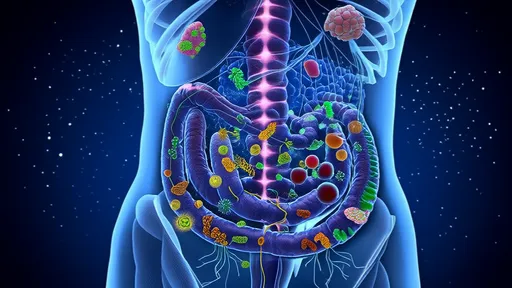
By /Jun 7, 2025
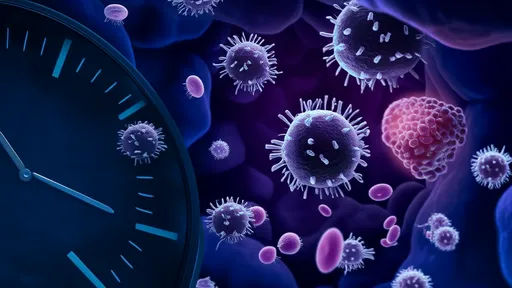
By /Jun 7, 2025

By /Jun 7, 2025

By /Jun 7, 2025
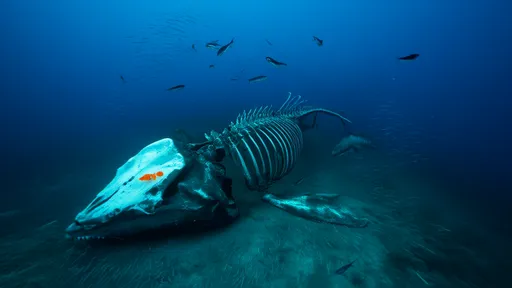
By /Jun 7, 2025
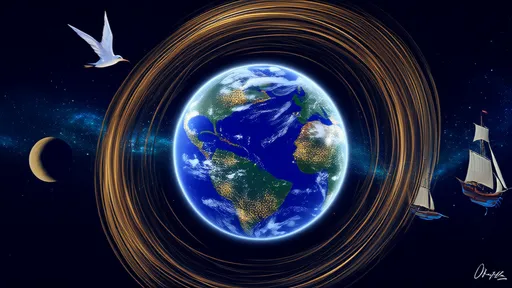
By /Jun 7, 2025

By /Jun 7, 2025
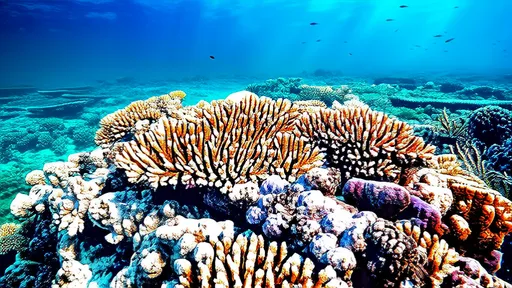
By /Jun 7, 2025

By /Jun 7, 2025
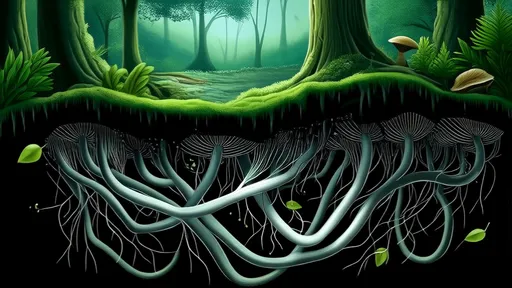
By /Jun 7, 2025

By /Jun 7, 2025
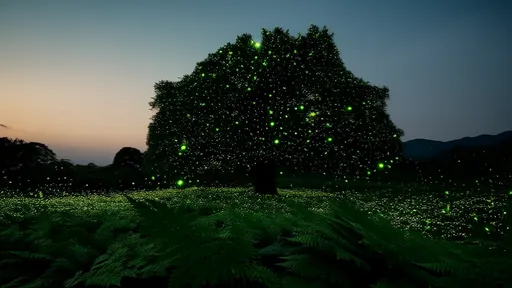
By /Jun 7, 2025
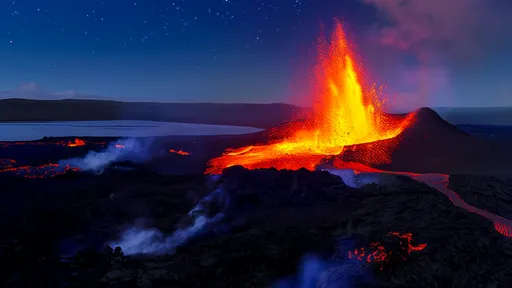
By /Jun 7, 2025
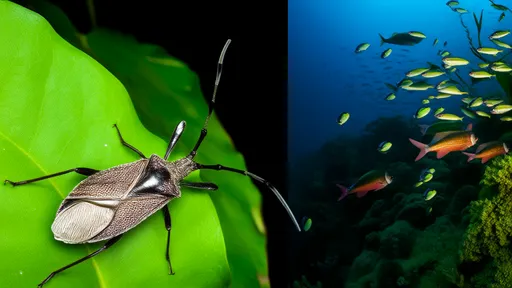
By /Jun 7, 2025